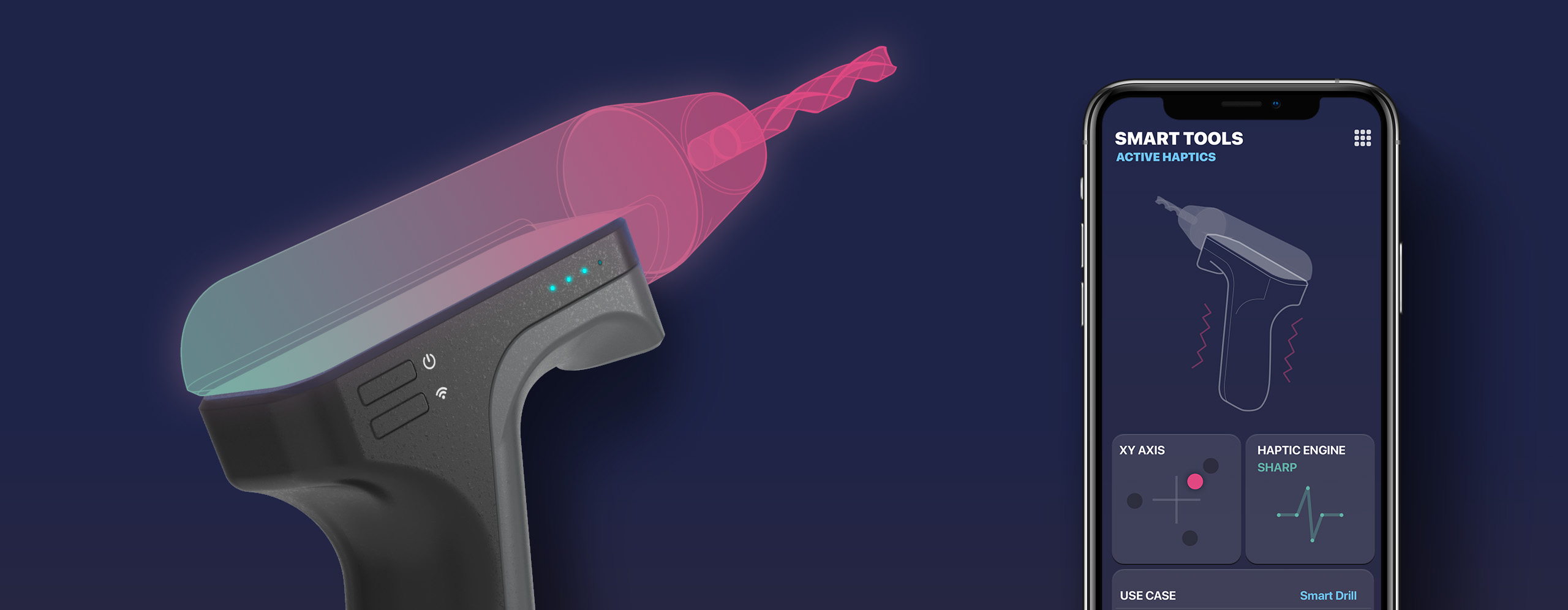
Active Haptics in Smart Tools
Being able to manipulate how things feel is one of the most exciting possibilities that today's technology has to offer in terms of interaction.
Active haptic feedback - e.g., vibration, knocking, or oscillation - can now be artificially generated by special actuators. This channel can make the interaction between man and machine safer, more efficient, and intuitive. Devices can inform the user about their status, signal operating errors, or guide the user in a direction or position.
This technology is becoming increasingly relevant considering the next generation of tools: Sensors and actuators extend hand-held power tools and transform these tools into small robots we can hold in our hands. They can assist users or can even perform work semi-autonomously.
To explore the potential of haptic feedback for interaction, we have developed UX prototypes. With the PR-01, we investigate use cases for cyber-physical tools and experiment with active haptic feedback.
A new generation of tools and equipment
Construction sites, workshops, or the forest, are bustling work environments. Especially when working with machines, all senses are required. The two primary senses - seeing and hearing - are already fully utilized due to hearing protection and focus on the workpiece. Therefore, a display or sound output to show additional information cannot always meet the requirements. Especially older users are more likely to be overloaded by acoustic signals or warnings in stressful situations. [1]
The simulation of haptic feedback opens up a new communication channel that can also be used for tools. It is swift and can transmit information without requiring permanent attention.
Brand experience
Not only is haptic feedback relevant to the operation and function of devices, but it also plays a central role in brand perception. How does the brand feel across the product family? Does the feedback convey precision and objectivity, or does it make the products feel playful and emotional?
How a product feels cannot not be designed, regardless of whether it was deliberately thought through or left to chance. A clear definition of the haptic effects and characteristics ensures that a comprehensive brand experience is created. The devices consequently achieve a higher value perception and provide more security in use.
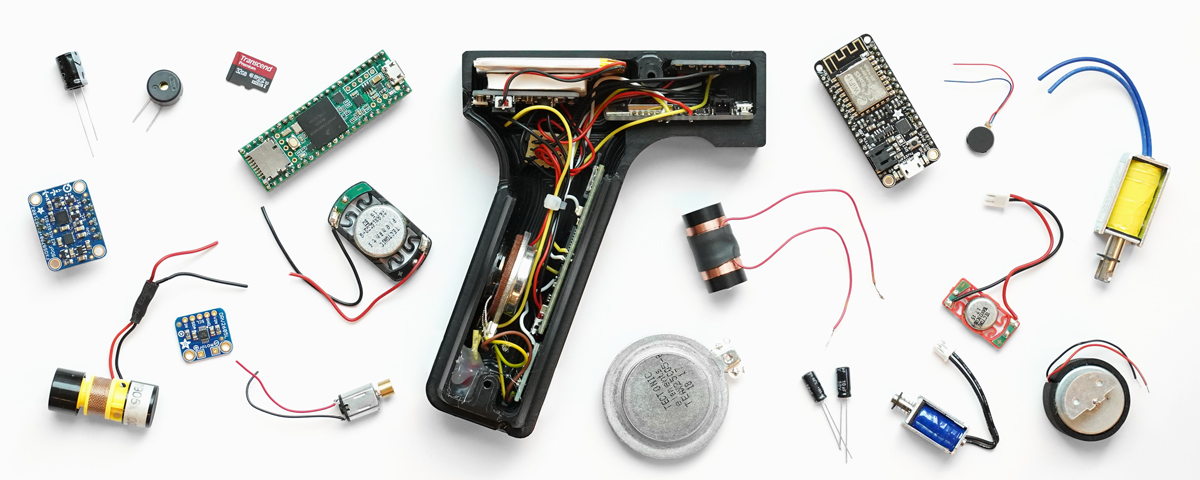
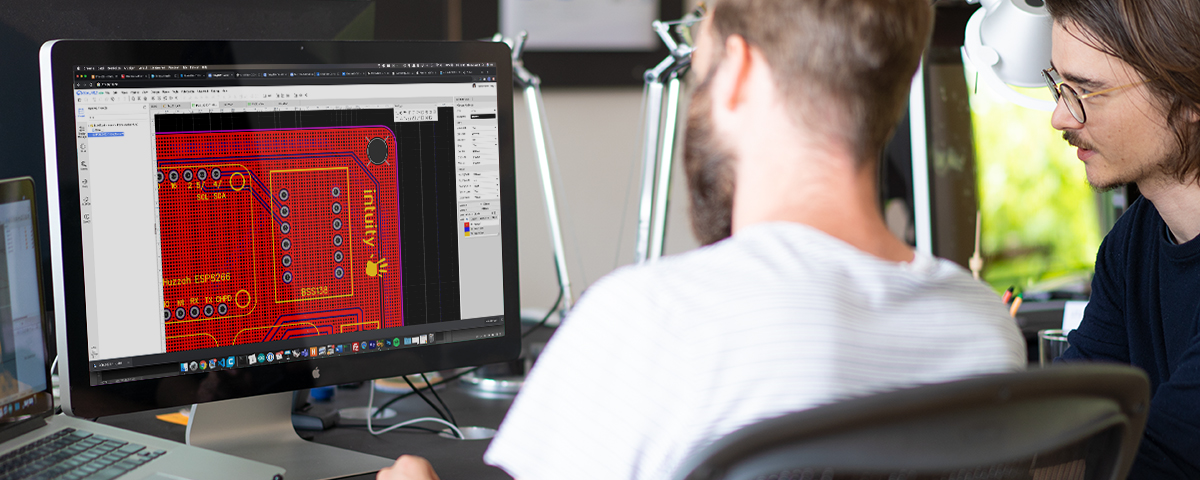
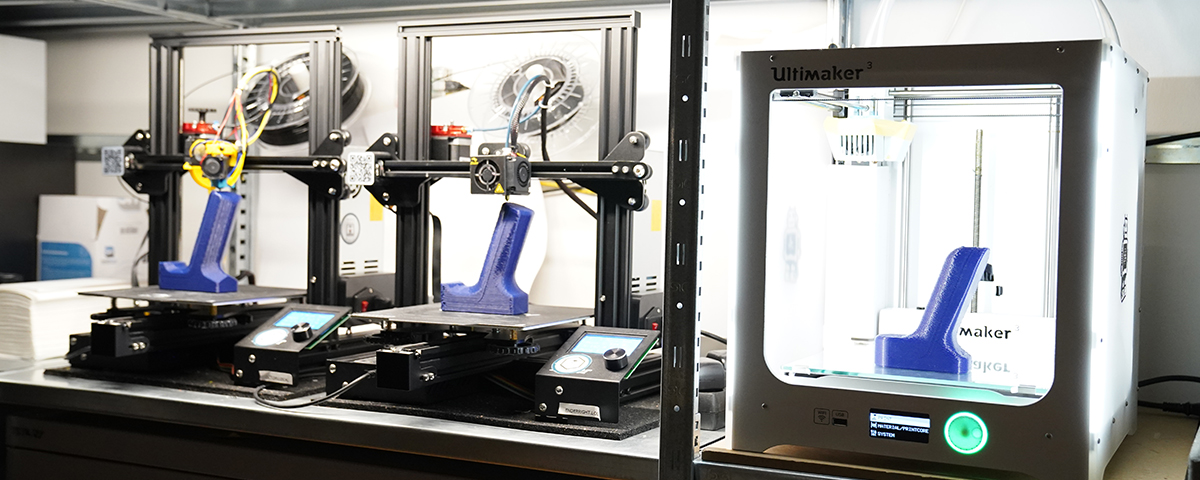
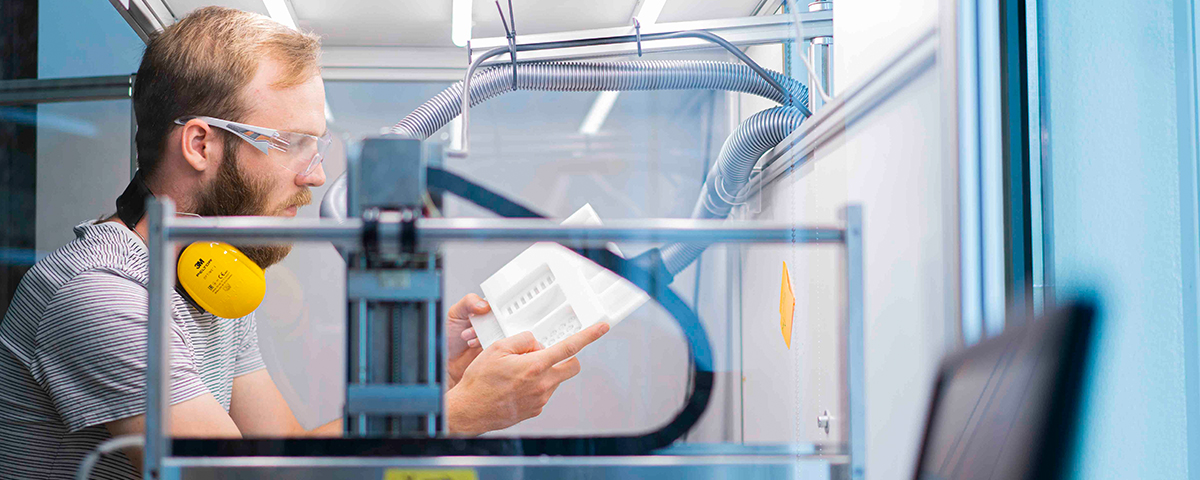
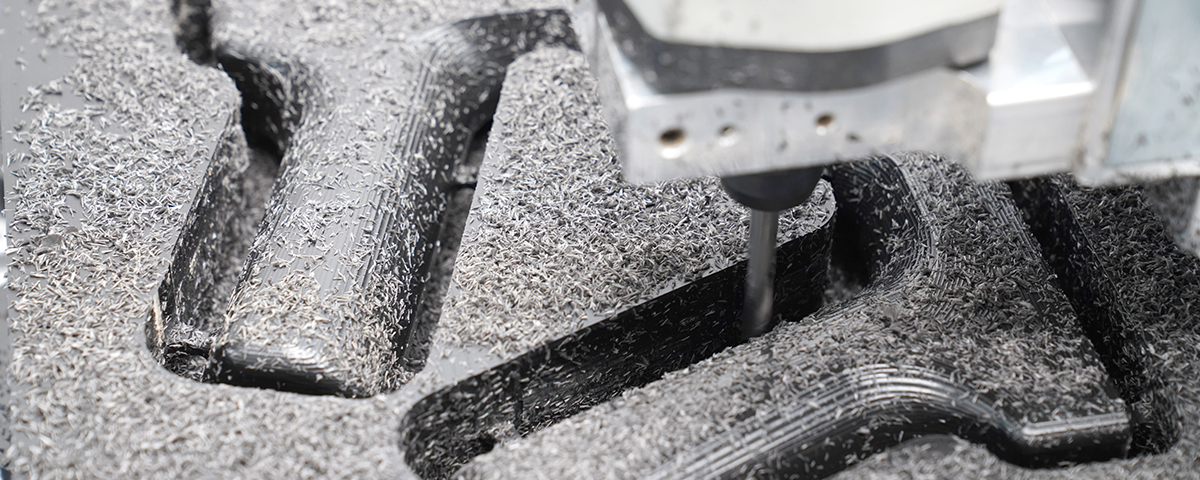
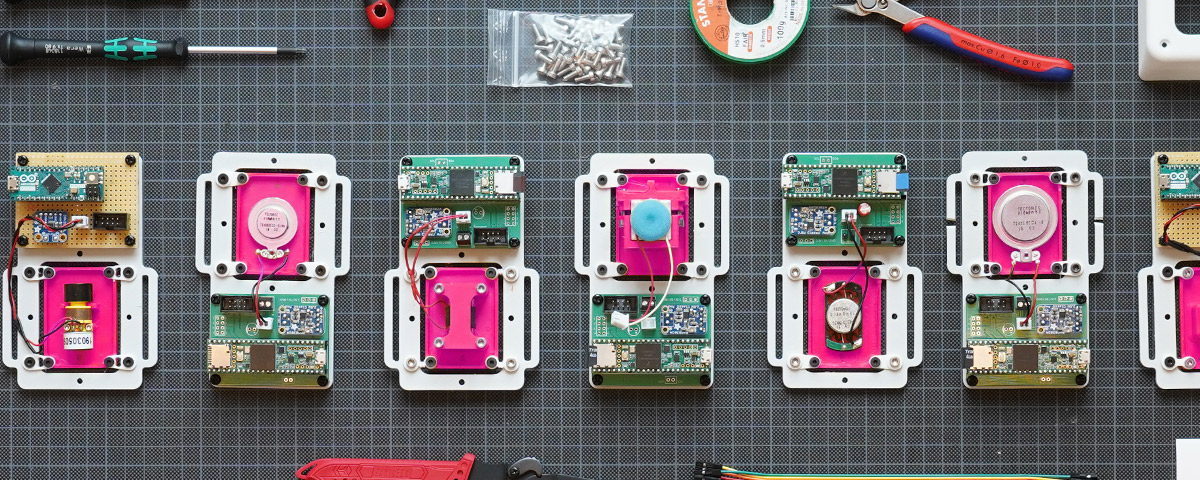
The status quo
Today, haptic feedback is already a part of many products. In vehicles haptic signals contribute to increasing the safety of the occupants: If the car is about to leave the lane, the driver assistance system warns the driver through an impulse in the seat or at the steering wheel. Video game controllers use haptic signals to create a more immersive experience. With the rise of VR applications, this is becoming increasingly important.
Basics of Haptic Feedback
The acceptance of haptic signals is high when used appropriately. Various points must be considered in the design of haptic events: In addition to the material of the handle and the appropriate actuator, the area on the body where the feedback is applied plays a major role. Haptic perception differs enormously depending on the body's region: While the fingertips are among the most sensitive areas, vibrations on the upper arm and hips are only perceived diffusely.
Although the focus is usually on the perception of mechanical vibration, tactile and kinaesthetic stimuli must be taken into account: If, for example, you turn the volume control of a stereo system, you get tactile feedback from the rasterization as well as kinaesthetic feedback from your joints about the knob rotation. Concepts must be made tangible in the form of UX prototypes and tested with users to gain certainty. [2], [3]
The Technology behind Haptics
There is a wide range of electro-mechanical components that can be used to generate haptic feedback:
The standard method of generating haptic feedback is based on a DC motor with an eccentrically rotating flywheel mass (ERM: eccentric rotating mass) - commonly known as a "vibration motor". In this design, the frequency and strength of the impulse are coupled, and the response is sluggish. While cheap, ERMs limit the freedom in designing haptic feedback significantly.
Surface Exciters and LRA Actuators, on the other hand, set the object vibrating with an oscillating input signal and thus generate audible or perceptible feedback - the difference between both designs is mainly in weight and consequently in frequency spectrum and power.
Accelerated Ram actuators work similarly, but can also hit the oscillating mass against a damper. This feedback can be both felt and heard.
Many of these components are already optimized for series production and can be well integrated into the development process.

„The tools of the future will be hand-held robots. Active haptics will considerably simplify communication between humans and tools.”
At Intuity, we develop and design tools of the new, cyber-physical generation. We tackle all the steps from innovation strategy to proof of concept. With the usage context in mind, we explore the potential for integrating haptic feedback into your product, develop ideas, make them tangible in our lab and test them with users.
Foodnotes
- Merchel, S. (2014). Auditory-Tactile Music Perception, Shaker Verlag, Germany. back
- Designing With Haptic Feedback, Thomas Müller (Developed in cooperation with Intuity) - hapticlabs.io back